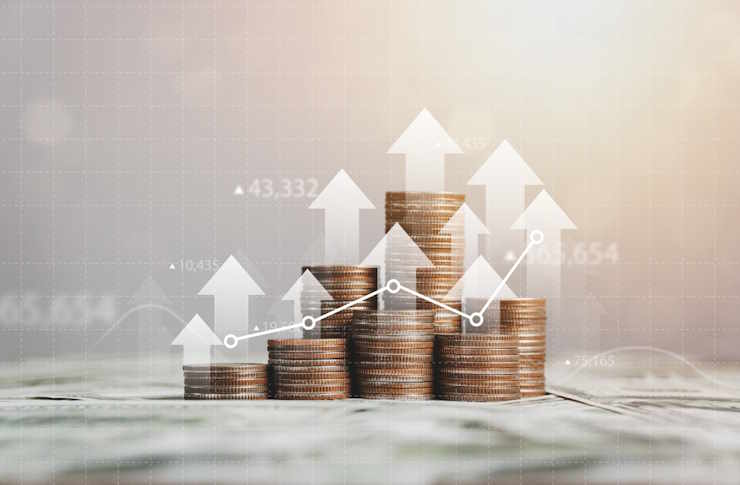The Behavioral Economics of Financial Decision-Making
In today's complex financial landscape, understanding the psychological factors that influence our money choices is more crucial than ever. Behavioral economics, a field that merges psychology with economic theory, offers profound insights into why we make the financial decisions we do. This article delves into the fascinating world of behavioral economics and its implications for personal finance, investment strategies, and overall financial well-being.

The Foundation of Behavioral Economics
Behavioral economics challenges the traditional economic assumption that individuals always make rational decisions to maximize their self-interest. Instead, it recognizes that human beings are complex, emotional creatures whose choices are often influenced by cognitive biases, social pressures, and environmental factors.
The field gained prominence in the 1970s with the groundbreaking work of psychologists Daniel Kahneman and Amos Tversky. Their research on decision-making under uncertainty laid the foundation for what would become behavioral economics. They identified various cognitive biases and heuristics that people use when making judgments and choices, many of which have significant implications for financial decision-making.
Key Concepts in Behavioral Economics
Several key concepts in behavioral economics have direct applications to personal finance and investing:
Loss Aversion: People tend to feel the pain of losses more acutely than the pleasure of equivalent gains. This can lead to risk-averse behavior in investing, potentially causing individuals to miss out on profitable opportunities.
Anchoring: The tendency to rely too heavily on the first piece of information encountered when making decisions. In financial markets, this can manifest as investors fixating on a stock’s past price when deciding whether to buy or sell.
Mental Accounting: The practice of treating money differently based on its source or intended use. This can lead to irrational financial behaviors, such as willingly paying high credit card interest while simultaneously holding low-yield savings.
Herd Behavior: The tendency to follow the crowd, often seen in financial bubbles and market crashes. This behavior can lead to poor investment decisions based on social influence rather than sound financial analysis.
Implications for Personal Finance
Understanding behavioral economics can significantly impact how we approach personal finance:
Budgeting and Saving: Recognizing the power of mental accounting can help individuals develop more effective budgeting strategies. For example, automatically transferring a portion of income to savings can capitalize on the tendency to treat different accounts distinctly.
Investing: Awareness of loss aversion and herd behavior can help investors maintain a long-term perspective and avoid panic selling during market downturns. It can also encourage a more diversified investment approach to mitigate risk.
Debt Management: Understanding the psychological factors that contribute to overspending and accumulating debt can lead to more effective strategies for debt reduction and prevention.
Behavioral Economics in the Financial Industry
The financial industry has increasingly embraced behavioral economics principles to improve product design and customer experiences:
Nudges and Default Options: Many retirement plans now use automatic enrollment and default contribution rates to encourage saving, capitalizing on individuals’ tendency to stick with preset options.
Gamification: Some financial apps incorporate game-like elements to make budgeting and saving more engaging, tapping into psychological rewards systems.
Personalized Financial Advice: Robo-advisors and AI-powered financial planning tools often incorporate behavioral insights to provide more tailored recommendations and help users overcome cognitive biases.
Overcoming Cognitive Biases
While it’s impossible to eliminate cognitive biases entirely, awareness is the first step toward mitigating their impact on financial decision-making:
Self-Reflection: Regularly examining your financial choices and motivations can help identify patterns influenced by cognitive biases.
Education: Continuously learning about personal finance and investment principles can provide a stronger foundation for rational decision-making.
Seeking Diverse Perspectives: Consulting with financial advisors or discussing decisions with trusted friends can help counteract individual biases and provide valuable alternative viewpoints.
Practical Strategies for Behavioral Finance Success
-
Implement a “cooling-off” period before making major financial decisions to avoid impulsive choices
-
Use automation for savings and investments to bypass willpower limitations
-
Create specific, measurable financial goals to combat the tendency for vague planning
-
Regularly review and rebalance your investment portfolio to maintain your desired risk level
-
Practice gratitude for what you have to counteract the hedonic treadmill effect in spending
-
Keep a financial journal to track decisions and outcomes, fostering self-awareness
As we navigate an increasingly complex financial world, the insights provided by behavioral economics offer a valuable compass. By understanding the psychological factors that influence our financial choices, we can develop strategies to make more rational decisions and achieve better outcomes. While we may never be entirely free from cognitive biases, awareness and intentional effort can significantly improve our financial well-being. Embracing the principles of behavioral economics in our personal finance journey can lead to more thoughtful, balanced, and ultimately successful financial decisions.





